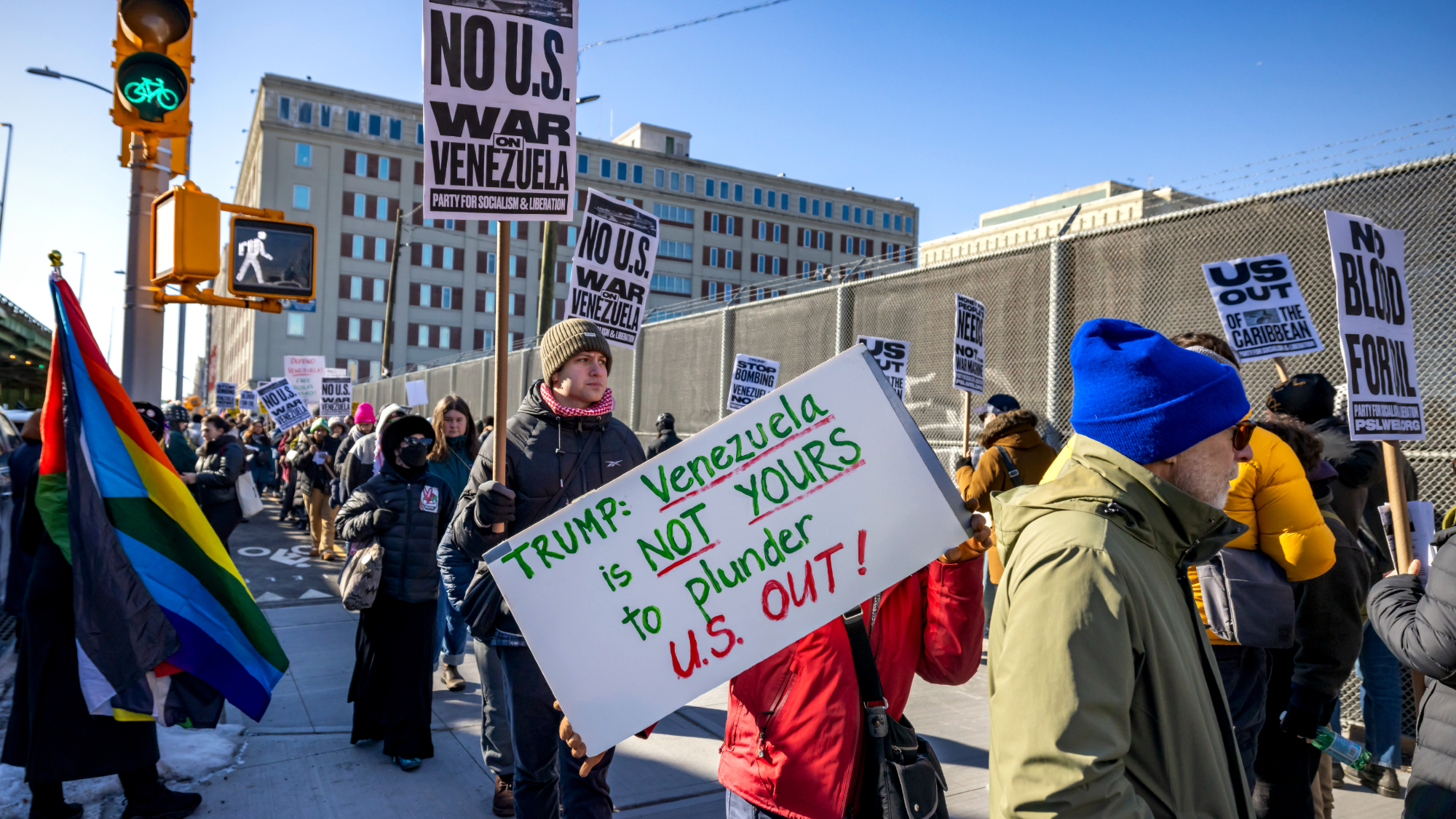Experiments in inhumanity
Long before the horrors of Abu Ghraib, psychologists sought to explain how ordinary people could engage in extraordinary cruelty. What did they discover?
What inspired the research?
Following World War II, many social scientists struggled to understand the states of mind that gave rise to the Holocaust, Japan’s “Rape of Nanjing,” and other acts of savagery by soldiers and civilians. The question gained new urgency during the 1960s, as Americans realized that they, too, could fall far short of their moral ideals. In 1964, 38 witnesses in New York City did nothing while an assailant stabbed a woman named Kitty Genovese to death on the street, as she screamed for help. Four years later, U.S. soldiers massacred hundreds of peasants in the Vietnamese village of My Lai. Most of the individuals involved in these terrible acts had no history of violence or psychopathic behavior, so psychologists began examining how groups influence behavior.
Who led the way?
The Week
Escape your echo chamber. Get the facts behind the news, plus analysis from multiple perspectives.

Sign up for The Week's Free Newsletters
From our morning news briefing to a weekly Good News Newsletter, get the best of The Week delivered directly to your inbox.
From our morning news briefing to a weekly Good News Newsletter, get the best of The Week delivered directly to your inbox.
One of the key figures was Solomon Asch, a professor of psychology at Swarthmore College. Asch believed in the power of individual integrity and wanted to prove that most people could withstand group pressure. So in the early 1950s, he asked groups of eight subjects to compare the lengths of black lines drawn on cards. But only one of the subjects was a bona fide volunteer. The others were instructed to say that lines of obviously different lengths were the same. To Asch’s amazement, a third of his subjects ignored the evidence of their own eyes and agreed with the rest of the group: Yes, they said, these lines are the same length. Asch concluded that humans have a strong need to conform, even in situations that run contrary to their beliefs.
Did Asch have disciples?
Yes. One of them was his graduate assistant, Stanley Milgram, who conducted a famous series of authority experiments at Yale University in 1961–62. A stern-looking experimenter in a white lab coat would tell a test subject—the “teacher”—to give an electric shock to another subject—the “learner”—whenever the learner made a mistake on a word-matching test. The electricity increased with each error, up to a potentially lethal 450 volts. Of course, there was no electricity, and the learner was an actor. Milgram found that 65 percent of his teachers went to the maximum 450 volts, despite blood-curdling screams of protest from the learners. All of the teachers administered at least some level of pain. Milgram’s conclusion was so alarming that it received widespread newspaper coverage: Most people would hurt human beings simply because someone told them to.
Does it matter who’s being abused?
A free daily email with the biggest news stories of the day – and the best features from TheWeek.com
To a degree. Experiments have found that people become more sadistic if they come to view their subjects as subhuman. In a similar Stanford University experiment by researcher Albert Bandura, a group of test subjects were led to believe they were overhearing a research assistant talking about an incoming group of learners. Some of them were described as “nice,” others as “animals,” and the rest weren’t characterized at all. The effect of these single words on the test was profound. The “nice” subjects got the least severe shocks, the “animals” by far the worst. The lesson was clear: It’s easier to inflict pain if you think you’re dealing with vermin.
But did the test subjects actually enjoy hurting others?
In one set of sensational experiments, conducted by Philip Zimbardo at Stanford in 1971, many of them did. Zimbardo divided two dozen college students into “prisoners” and “guards” and put them in a simulated jail in the basement of the Stanford psychology building. He told the guards that they could do whatever they thought necessary to maintain order. On the very first day, the guards began treating fellow students with astonishing cruelty, stripping them naked, ordering them to clean out toilets with their bare hands, and spraying them with fire extinguishers. Some of the prisoners were forced to simulate sodomy. The abuse got so out of hand that Zimbardo called a halt just six days into the two-week experiment.
Did all of the guards turn brutal?
No; only about a third of them did. What disconcerted Zimbardo, though, was how easily everyone acquiesced to the new moral order. None of the “good guards” intervened to stop the brutality, and not one guard asked to quit the experiment. Zimbardo and his team also found that the guards increased their aggression when they weren’t being supervised. As one said during his debriefing, “Acting authoritatively can be fun. Power can be a great pleasure.” Many people, Zimbardo concluded, don’t need to be ordered to dominate and humiliate their fellow human beings. All that’s required is that they think they can get away with it.
Does this mean people are inherently evil?
That’s one of the great psychological controversies of our time. Some experts, like Robert Jay Lifton of Harvard Medical School, who studied Nazi doctors, think everyone has the potential for sadism. Not everyone agrees. Some psychologists argue that the Milgram and Zimbardo experiments only prove that some—not all—people can be pressured or tricked into acting cruelly. These critics point out that in all the experiments, many test subjects declined the opportunity to inflict pain or humiliation on other people. But Zimbardo contends it’s clear that authority and social pressure will usually trump individual morals. “While a few bad apples might spoil the barrel,” he says, “a vinegar barrel will always transform sweet cucumbers into sour pickles.”
Facing too much truth


